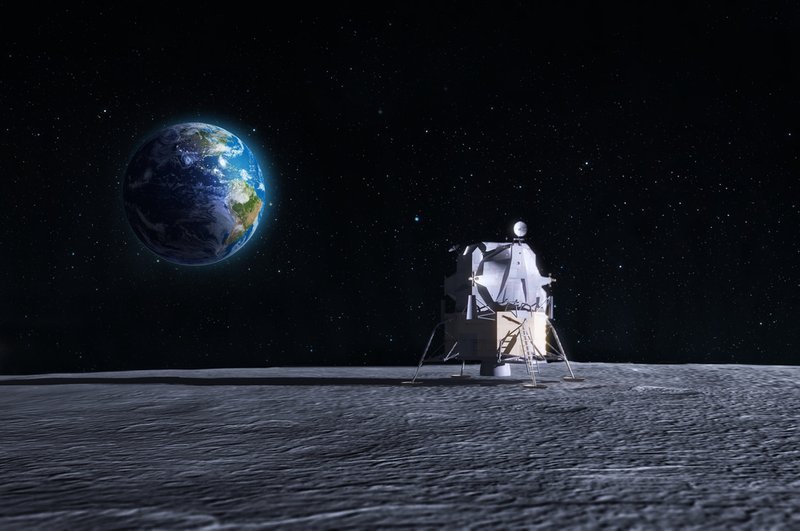
Mopic / Shutterstock.com
July 8, 2019
Yuliya Panfil and Chris Mellon wrote an article for Future Tense at Slate about space property rights, and what countries and private companies can do in space under the Outer Space Treaty.
The 1967 U.N. Outer Space Treaty was primarily designed to do two things: bar individual countries from claiming sovereignty over celestial bodies, and bar anyone from putting nukes in space.
As the Cold War wound down and the space race faded, we entered several decades of relative inactivity when it came to outer space. Now, that’s changing rapidly. Climate change has renewed interest in our becoming a multiplanetary species. Space is no longer the exclusive domain of the Russians and Americans—the United Arab Emirates, China, India, Nigeria, and other countries now have space programs. And with the rise of companies like SpaceX and Blue Origin, a private space race is on, with plans for tourism, asteroid mining, and even off-Earth settlements. The world is suddenly realizing a rather unfortunate fact: Other than policing where we put our nukes and where we plant our flags, the Outer Space Treaty doesn’t tell us much.
So what can you do in outer space? We decided to find out.
Read about the limitations and loopholes of the Outer Space Treaty here.